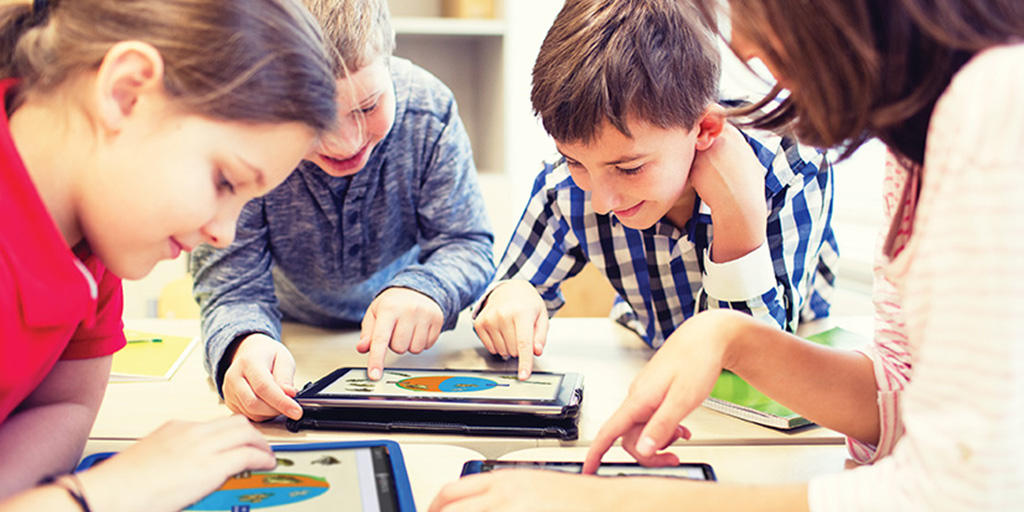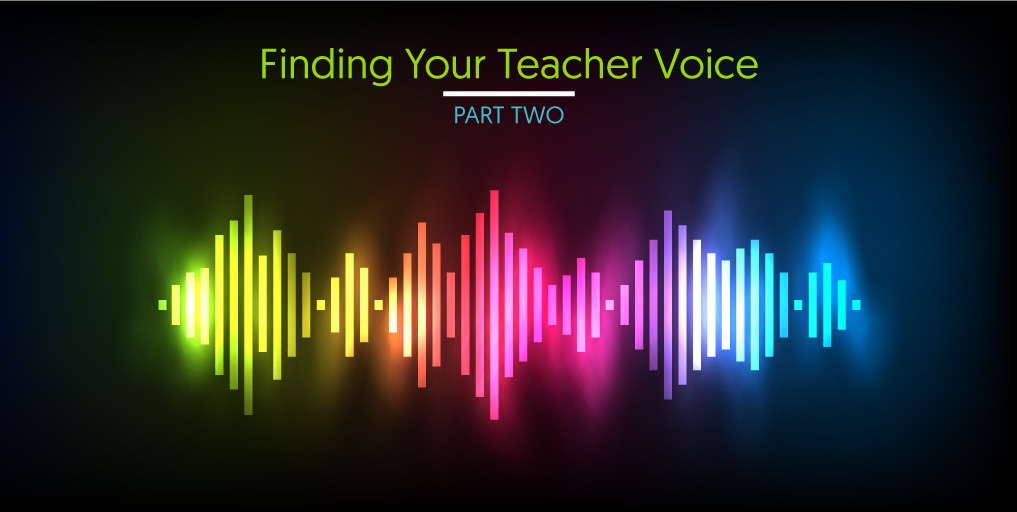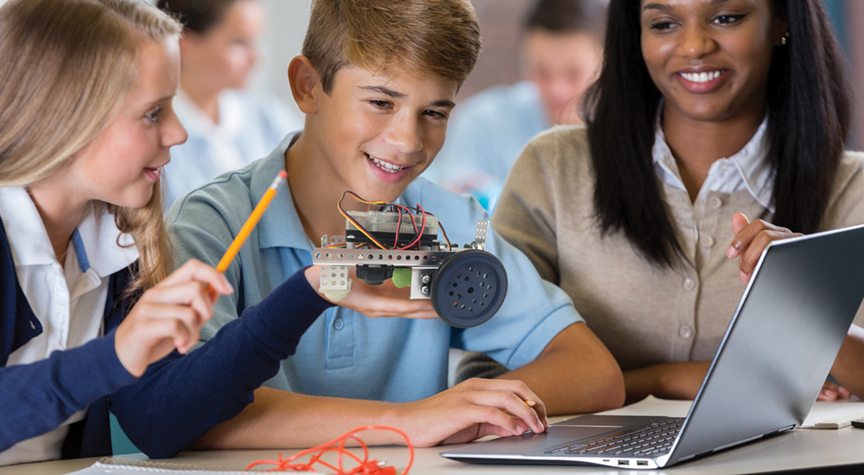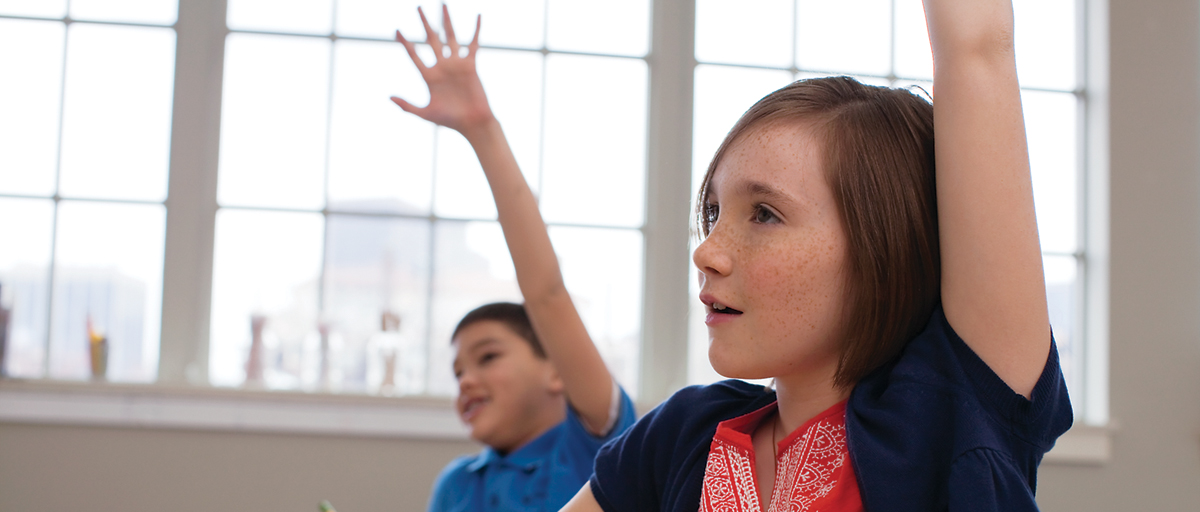Guiding Teachers Through Standards-Based Grading (Part Two)
Topics: classroom assessment, tips for teachers
In some areas of the country, qualified teachers are harder and harder to come by for certain content areas. Some states and districts have had to use creative means to find teachers. One of these avenues is using transition to teaching programs in order to find teachers. In these programs, individuals usually have a degree in a content area, such as science or math, but lack the credentials or experience necessary for teaching.
As with most things, there is an upside to these teachers as well as some drawbacks. It does allow your school to think outside the box to fill positions, which is a major advantage. At the same time, it is good to consider what the possible potholes will be of hiring one of these teachers.
Topics: education industry, tips for teachers
Guiding Teachers Through Standards-Based Grading (Part One)
If you are a teacher, school, or district implementing standards-based grading, you might be finding how many decisions there are to make in the process. From the wording and scale to assessing and the parent report, there are many, many details to consider. I have found that even for some schools that have been using SBG for years, these considerations might be worth thinking about. For me, grading and grades demonstrate a philosophy about what school and learning is all about. The way we grade students can change the way students and teachers see learning, therefore it is essential to really think through all the ins and outs of a grading system.
Topics: classroom assessment
If you’re like me, you ended the school year with summer goals: work-related tasks, household chores, educational books to read, and so on. You may have been assigned a book by your administrator, or perhaps you’re taking a class that requires intensive reading. As an English major, lifelong reader, and elementary teacher-librarian, I believe in the power of stories. And as much as I enjoy reading books that help me become a better teacher, I also like to read positive and inspirational stories about students and teachers.
Over 20,000 industry professionals from 81 different countries were in attendance at the 2019 ISTE Conference & Expo in Philadelphia, and more than 550 companies came out to present their EdTech solutions. For every teacher, administrator, technology specialist, and education leader in attendance, this year’s conference offered many opportunities to discover new products, explore innovative ideas, and develop new connections with others in the industry.
After another exciting year at ISTE, the Boxlight team has returned home with new industry trends in mind as we approach the 2019–20 academic year. Keynote speeches, BYOD sessions, and vendor presentations at the conference focused on a wide variety of EdTech topics and trends from robots to human connection. For those who were able to attend, the 2019 conference made a lasting impression.
Leveraging Technology for Higher-Level Learning (Part Two)
In the first part of this series, the use of technology in the classroom was broken down. We know that technology can be used for many different reasons, but we primarily discussed using it to access online curriculum programs and allow students to demonstrate critical thinking through integrated projects.
Topics: Classroom Technology
Ah, July—by now, summer is in full swing! This time of year hopefully means getting some well-deserved rest and relaxation, and having fun somewhere in the mix. If you have children, it might mean spending time at the park, pool, on vacation, or being the taxi driver to various camps throughout the summer. For educators, summer might involve continued education workshops, graduate classes for recertification, reworking curriculum, or catching up on some reading.
In the first part of this series, I covered the various challenges that teachers face when dealing with sound in the classroom. When taking hearing loss, distance, and sound absorption into consideration, it can be hard for educators to find their teacher voice. So, what allows educators to be heard and can help improve teaching and learning in the classroom?
Topics: Classroom Audio, MimioClarity
Expanding Proprietary STEM Solutions to Programming and Robotics
As educators, we know how important STEM learning is to ensure our students succeed not just in the classroom, but out in the real world as well. Students need to develop the critical skills that will prepare them for life beyond the classroom as tomorrow’s engineers and innovators.
Modern Robotics merged with Boxlight earlier this year, enabling us to introduce the Mimio MyBot educational robotics system. This system was conceived and developed to fulfill a need in robotics and coding in the classroom without the added complexity common in most systems. The MyBot system helps students engage in learning experiences, preparing them in emerging STEM fields including software, robotics, and technology.
Topics: Educacion STEM, Robotics
Leveraging Technology for Higher-Level Learning (Part One)
Does technology help students learn better? This is one of the most challenging questions for educators and those in educational leadership roles. Measuring the impact of technology on education—and specifically student learning—isn’t easy. We know that technology can both enhance and accelerate learning when used correctly, but we all know that “used correctly” is the critical portion of that statement.
Topics: Classroom Technology











